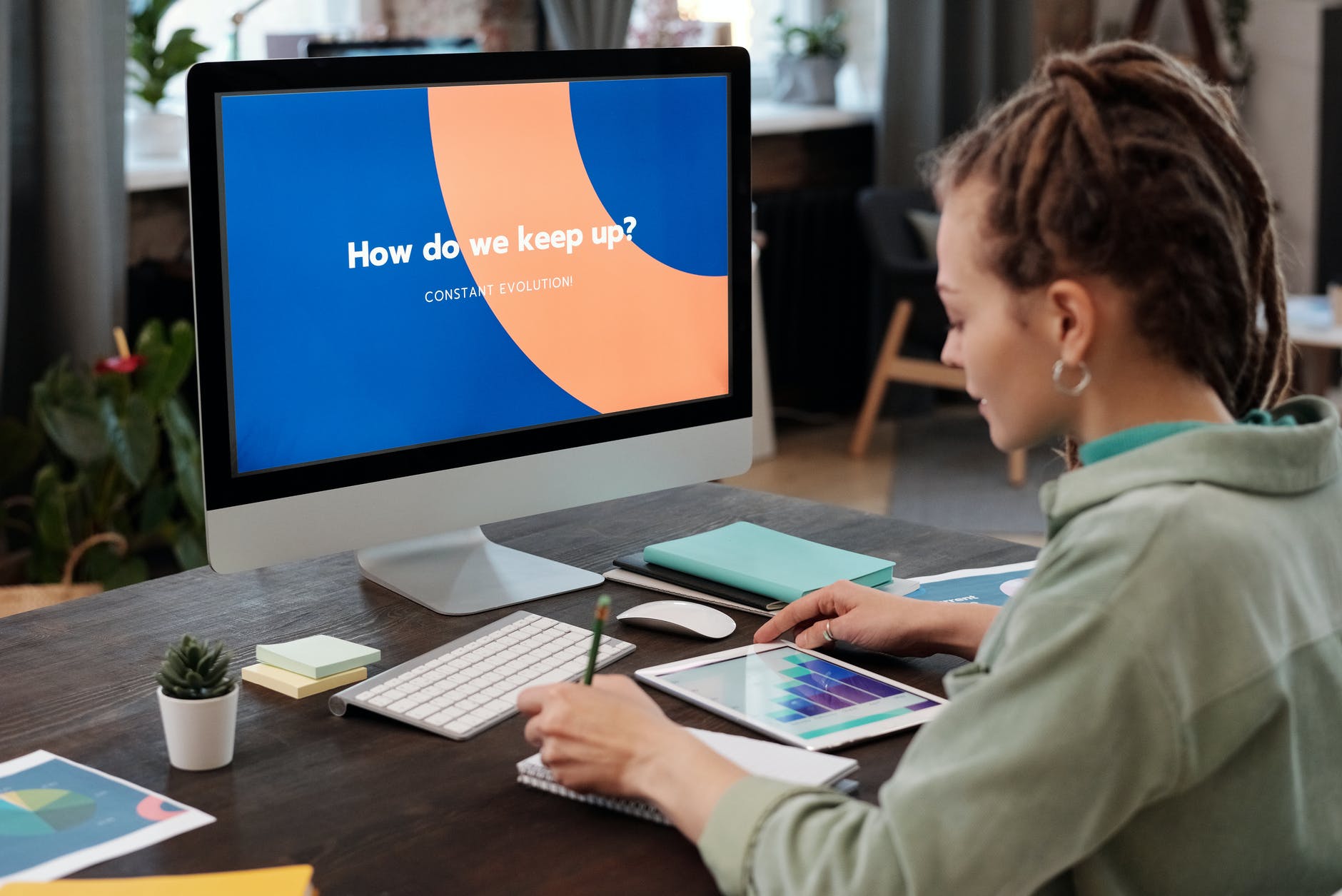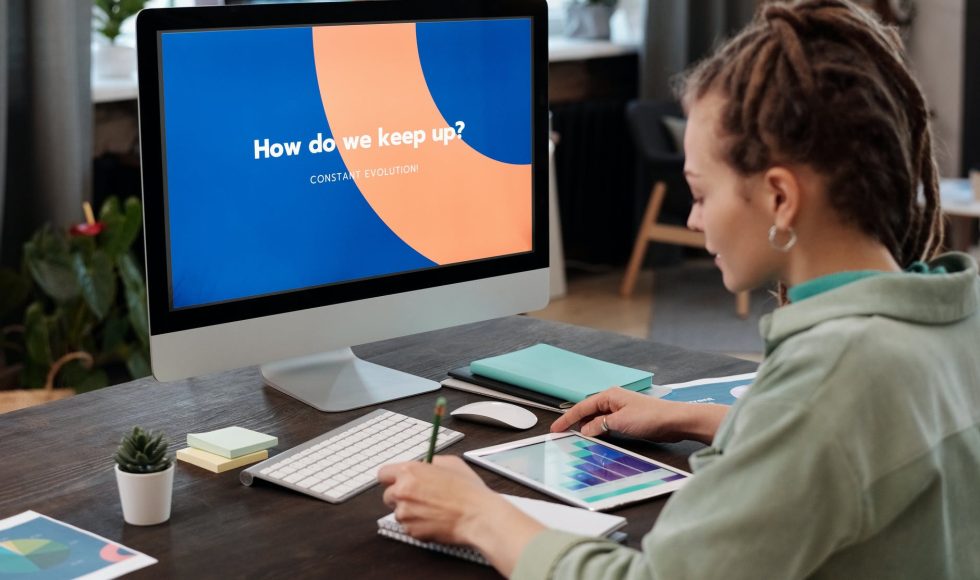I have heard several talks that mention the importance of relational teaching. I was happy to see that Rachel Hammond from Cornerstone University presented on “Developing Social Presence: Teaching Relationally and Creating Community in the Hybrid/Bimodal Classroom.” I watched another presentation by Hammond last year and enjoyed the emphasis on relationship-rich education regardless of modality. Using Mentimeter, Hammond polled the audience and used a word cloud. Family was mentioned several times as well as sleep in response to “what is one thing you are looking forward this summer?” Hammond stated goals for the session that included defining concepts related to social presence, identifying proactive strategies and tools for relational learning in hybrid/bimodal classroom, and finally create an action plan. The idea of Zone of Proximal Development was explained using a quote by Vygotsy: “Learning awakens a variety of internal developmental processes that are able to operate only when the [student] is interacting with people in his [her/their] environment and in cooperation with his [her/their] peers.” Hammond also said “we need people in our environment to help us learn” and brought in the idea of community of inquiry from Garrison, Anderson, and Archer 1999: cognitive, social, and teaching presence. Community of Inquiry has been used frequently this past year and I honestly feel I still want to learn more about how to do it. Hammond polled the audience to share words related to community and how to build it. Then, Hammond shared several quotes about community, and one I liked was “feeling of belonging and mutual benefit” from McMillan.
Structure Intentionally was the next section and message of the presentation. Hammond shared introductory activities including a Moodle Profile Scavenger Hunt in which students update their profiles and go find someone with common interests! I have students update their profiles and then don’t do anything with that. I love the idea of having them search and learn about their peers! Hammond also uses video introductions. To provide assignment decisions, Hammond uses “discussable” questions for debate, shared experiences, case studies, and persuasion. A prompt Hammond uses is “one or two original thoughts” for discussion forums, for example.
Show Up Authentically was addressed next through. Hammond talked about showing up for class by responding personally and by name in class and online, communicating expectations and highlights repeatedly, and providing timely feedback. Hammond used the word “over-communicate” to stress showing up for class and interacting with students as well as unleashing your personality to bring relationship-rich experiences. Hammond mentioned a couple of things about building trust through inclusive design and care/support. For inclusive design, Hammond talked about being aware of the potential reasons for behaviors and being culturally sensitive. For care and support, Hammond talked about “oops tokens” that students can use for assignment flexibility.
Hammond used tables in a GoogleDoc for a community exercise with the audience. Pages in the shared document had a question or idea and a table with a column for first name, what is it (the idea), and me too (add your name if you do this too). I have seen creative uses of GoogleDocs and this one is a new one that is awesome for brainstorming! An audience member asked if responding to chat questions in the Mentimeter chat is distracting. I wondered about that, and Hammond’s response was insightful: you can turn of the chat for each slide with a Mentimeter! Hammond mentioned that the pro option of Mentimeter (~$80/year) allows you to import slides and use templates. I wonder if it works with Google Slides? I’ll look into it! When asked to name a favorite ed tech tool, Hammond responded with the GoogleSuite! I agree. Hammond uses GoogleDocs for students to create and share agendas. This is something I’ve been thinking about to have students plan their semester projects early on… It sounds like Hammond is starting a podcast too. I’ll have to check it out. Hammond’s presentation was interactive, engaging, and provided a few solid suggestions based on evidence for how to teach relationally and foster a sense of belonging in a course. I look forward to learning more and watching another of her sessions with Menti!



